
Creative Ways to Incorporate Fertilizer into Your Succulent Care
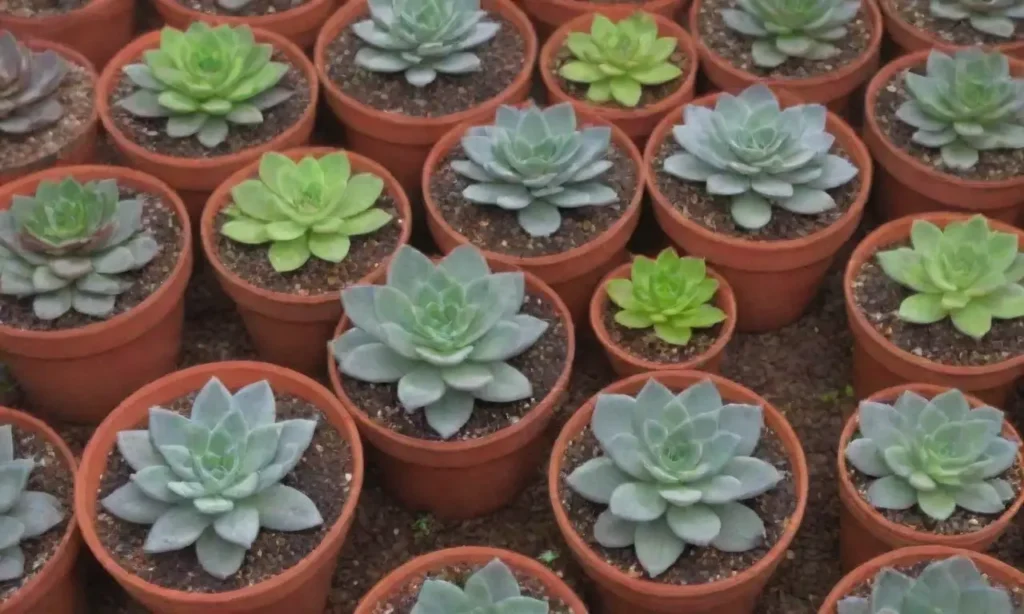
Introduction
Succulents have gained immense popularity among plant enthusiasts due to their aesthetic appeal, low maintenance needs, and ability to thrive in diverse environments. While they are known for their resilience and ability to store water in their fleshy leaves, succulents still require essential nutrients to lead a healthy life. Understanding how to properly fertilize your succulents can dramatically enhance their growth, color, and overall vitality. This article will explore innovative and creative methods for incorporating fertilizers into your succulent care routine, ensuring that these charming plants flourish in your home or garden.
In this article, we will delve into the different types of fertilizers suitable for succulents, the best timing to fertilize, and unique techniques to deliver nutrients effectively. Whether you're a seasoned succulent keeper or just starting your journey, this guide will offer practical solutions and creative suggestions that will not only benefit your plants but will also enhance your gardening experience.
Understanding Succulent Nutrient Needs
Succulents, unlike traditional houseplants, can be quite specific about their nutrient needs. These unique plants require essential macronutrients and micronutrients to develop vibrant colors and robust structures. The primary macronutrients include nitrogen, phosphorus, and potassium, commonly referred to as N-P-K on fertilizer packages. Nitrogen is primarily responsible for leaf growth, phosphorus supports root development and flowering, while potassium enhances overall plant health and resilience.
In addition to macronutrients, succulents benefit from micronutrients like iron, magnesium, and zinc. While succulents adapt well to nutrient-poor environments, providing them with the right balance of these essential nutrients can significantly improve their growth and health. It’s important to understand that too much fertilizer can lead to salt buildup, which could harm your plants. Hence, finding that delicate balance is crucial to successful succulent care.
Types of Fertilizers for Succulents
When choosing fertilizers for succulents, there are several types to consider. The most popular options are liquid fertilizers, granular fertilizers, slow-release fertilizers, and organic variations. Liquid fertilizers, which are diluted and applied during watering, are great for quick energy boosts. They are typically high in nitrogen, making them ideal for supporting vigorous growth during the growing season.
Granular fertilizers, on the other hand, are solid and need to be mixed into the soil. They can provide gradual nutrient release, ensuring a steady supply to the plants over time. This type of fertilizer might be beneficial if you are less frequent in your watering practices, as the nutrients will remain available for longer periods.
Slow-release fertilizers are designed to provide nutrients over an extended period, usually months. They’re advantageous if you prefer a “set it and forget it” approach, where your succulents will benefit from a consistent feed without the need for regular applications.
 Top 5 Liquid Fertilizers for Thriving Succulent Gardens
Top 5 Liquid Fertilizers for Thriving Succulent GardensOn the organic side, options such as worm castings, fish emulsion, or seaweed extract are excellent for those looking to maintain a healthier ecosystem. These organic fertilizers not only enrich the soil with nutrients but also improve soil structure and microbial life.
Timing Your Fertilization
One of the most critical aspects of fertilizing succulents is timing. It is essential to understand the growing cycles of your plants. Most succulents enter a growth phase during the spring and summer months, making this the ideal time for fertilization. Fertilizing during this active phase can support robust growth, vibrant color, and healthy root systems as the plant focuses on establishing itself during the warmer months.
Conversely, during the fall and winter months, most succulents go into a dormant state, requiring minimal nutrients. Fertilizing during dormancy can lead to nutrient imbalances and excess salts, negatively impacting your plant’s health. A good rule of thumb is to start fertilizing once a month in the spring and reduce to bi-monthly during the peak summer months, adjusting as needed based on the plant's growth and health status.
Signs Your Succulents Need Fertilization
While understanding the timing is essential, recognizing when your succulents actually need fertilization is equally important. Discoloration of leaves can be an early indicator. For instance, if leaves appear pale or yellowing, especially in plants that typically exhibit vibrant colors, it may suggest a nutrient deficiency. Moreover, if your succulent appears to have stopped growing during its active season, it may signal the need for added nutrients.
Another common sign to watch for is the presence of leggy growth. If your succulent is stretching toward the light, it could mean that it’s not receiving adequate nutrients, pushing the plant to elongate in search of sustenance. If you notice these signs, it might be time to dust off your fertilizer and offer your plants a nourishing boost to restore them to their former glory.
Creative Fertilizing Techniques
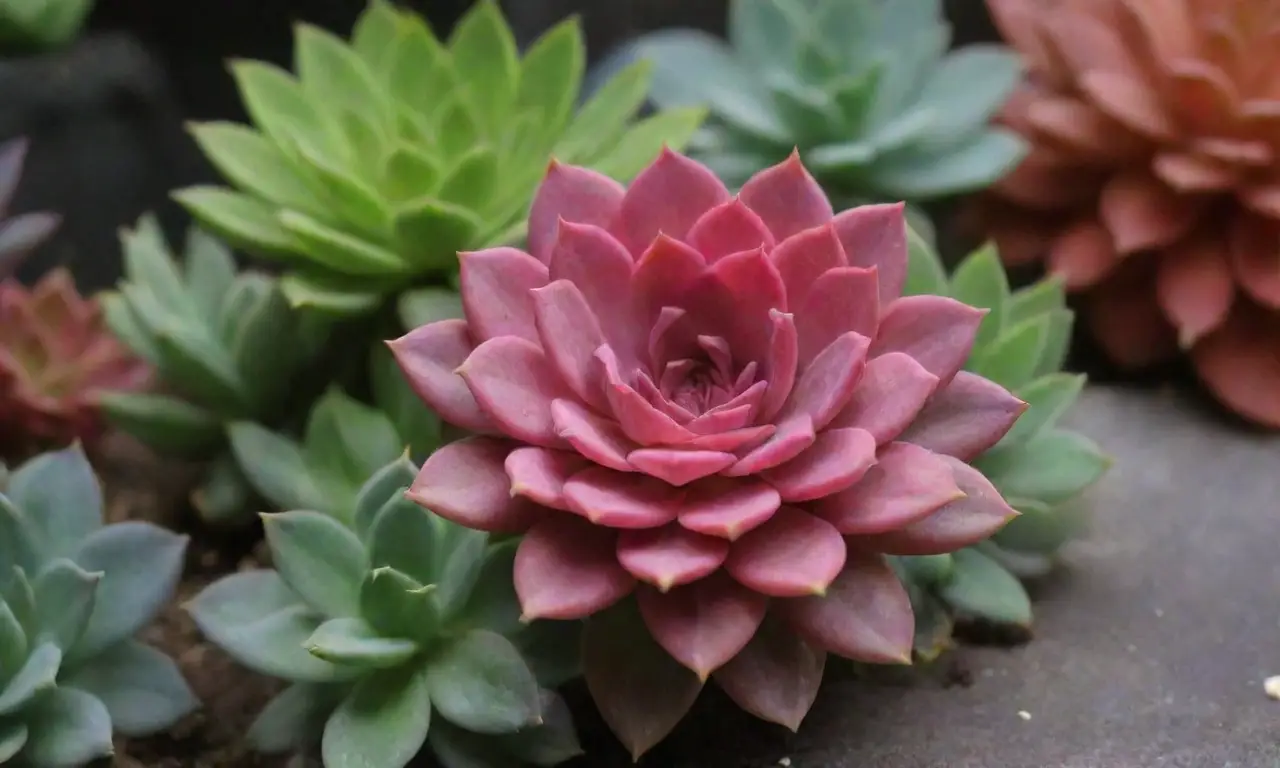
To optimize the fertilization process and make it more engaging, consider trying out creative techniques. Incorporate compost tea as a natural fertilizing option, which can be both effective and eco-friendly. Compost tea is made by steeping compost in water, allowing beneficial microbes and nutrients to be infused into the liquid. Once prepared, this nutrient-rich tea can be used as a watering solution, fostering robust growth and improved soil health.
 Nutrient-Rich Compost: A Natural Fertilizer for Succulents
Nutrient-Rich Compost: A Natural Fertilizer for SucculentsAnother innovative method is to apply fertilizer sticks or spikes directly into the soil. Depending on the brand and type, these sticks provide a time-released form of nutrients. They are both easy to use and effective; just insert them into the top layer of soil, and they slowly dissolve, feeding your plants over time without the mess of liquid fertilizers.
If you’re feeling particularly crafty, consider preparing homemade organic fertilizers using kitchen scraps. For example, banana peels are rich in potassium and can be buried at the base of your succulents to promote growth. Similarly, coffee grounds can provide a nitrogen boost and contribute beneficial microbes to the soil; however, they should be used sparingly due to their acidity.
Combining Fertilizers with Other Care Techniques
Fertilizing should not stand alone as merely an additional step in plant care; instead, it should be a part of a holistic care routine. Combining fertilization with proper watering techniques can optimize the nutrient uptake for your succulents. For instance, if you choose to use liquid fertilizers, ensure that they are applied to moist soil rather than dry, which helps prevent root burn and improves absorption.
Moreover, integrating proper potting techniques can enhance the fertilizer's effectiveness. Your choice of potting mix should foster good drainage while still providing a medium that retains some moisture and nutrients. A well-draining soil mixture promotes proper nutrient absorption while minimizing the risk of root rot, which is a common issue for succulent care.
Finally, consider enhancing your succulent care by introducing plant companions. Certain plants can improve soil health and create a balanced environment. Planting compatible species together may also help retain moisture and nutrients, contributing to an overall thriving ecosystem, which supports healthier succulents.
Conclusion
Incorporating fertilizer creatively into your succulent care routine can vastly improve the health and appearance of your plants. By understanding their unique nutrient needs and adjusting your fertilization strategy seasonally, you can ensure optimal growth and vibrancy. Exploring various types of fertilizers—whether liquid, granular, or organic—opens up numerous possibilities, empowering you as a caretaker of these resilient plants.
Utilizing innovative techniques, such as compost tea or DIY fertilizers, not only enhances your plants but also engages you in the gardening process, bringing added joy to your succulent care journey. Remember, recognizing the signs of nutrient deficiency and understanding the importance of timing will enable you to better cater to your succulents’ needs.
 Understanding Soil pH and Its Impact on Succulent Fertilization
Understanding Soil pH and Its Impact on Succulent FertilizationWith the right knowledge and creative approach, your succulents can thrive magnificently. So, gather your materials, explore various feeding options, and embrace the rewarding experience of nurturing these stunning plants. Happy gardening!
If you want to read more articles similar to Creative Ways to Incorporate Fertilizer into Your Succulent Care, you can visit the Fertilizing tips category.

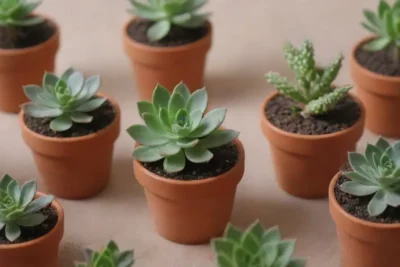
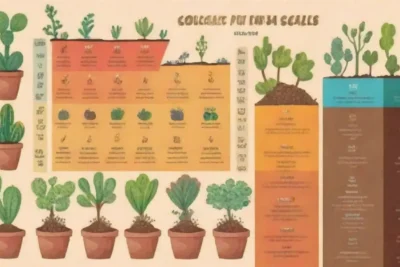
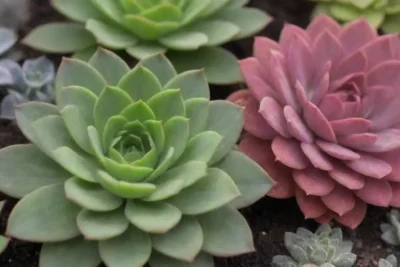
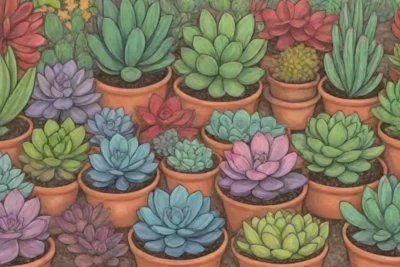
You Must Read